| Structure | Name/CAS No. | Articles |
|---|---|---|
 |
Hydrogen bromide
CAS:10035-10-6 |
|
 |
Caffeine
CAS:58-08-2 |
|
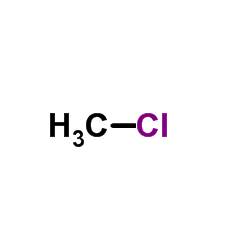 |
Chloromethane
CAS:74-87-3 |
|
 |
4-AMINOPYRIDINE
CAS:504-24-5 |
|
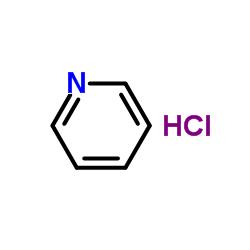 |
Pyridine chlorhydrate
CAS:628-13-7 |
|
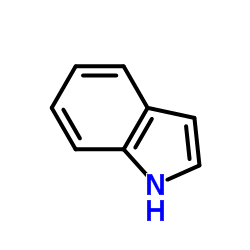 |
Indole
CAS:120-72-9 |
|
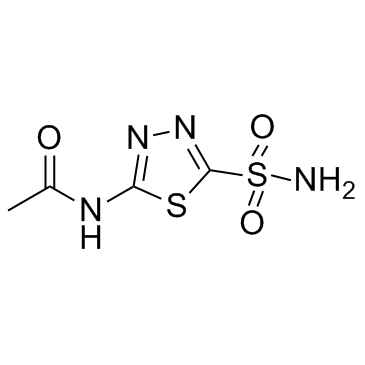 |
acetazolamide
CAS:59-66-5 |
|
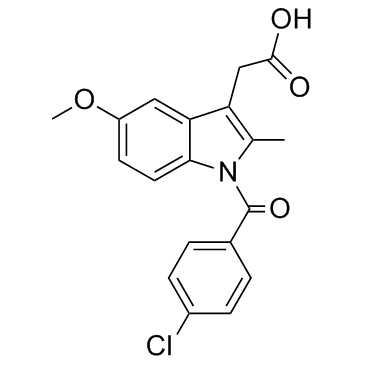 |
Indometacin
CAS:53-86-1 |
|
 |
o-Tolylacetic acid
CAS:644-36-0 |
|
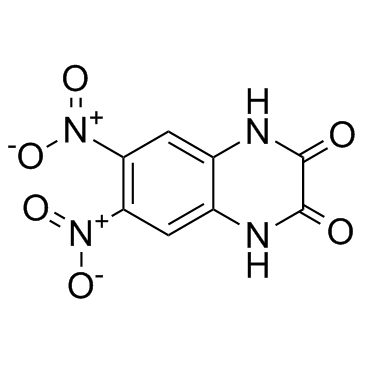 |
DNQX
CAS:2379-57-9 |